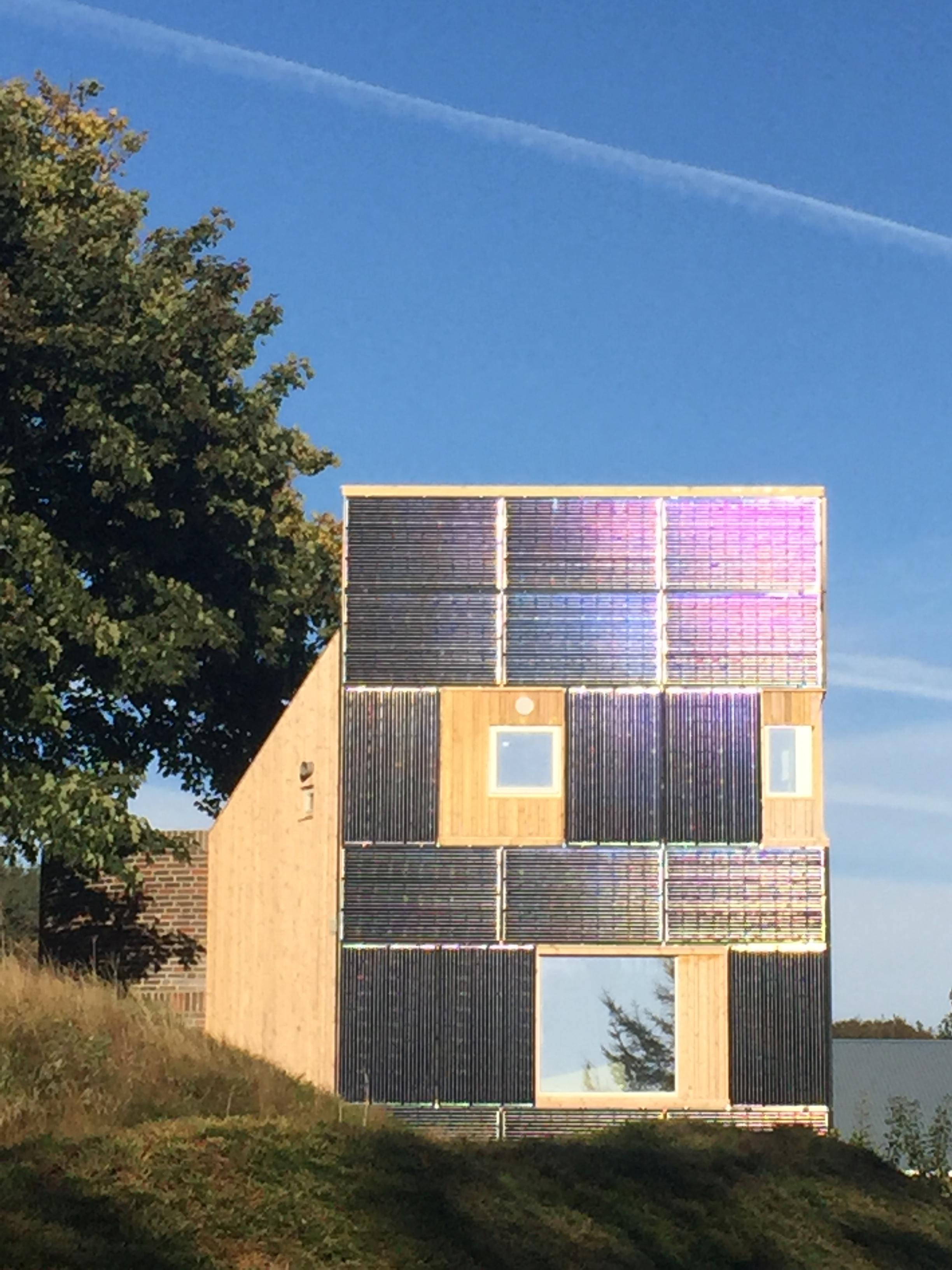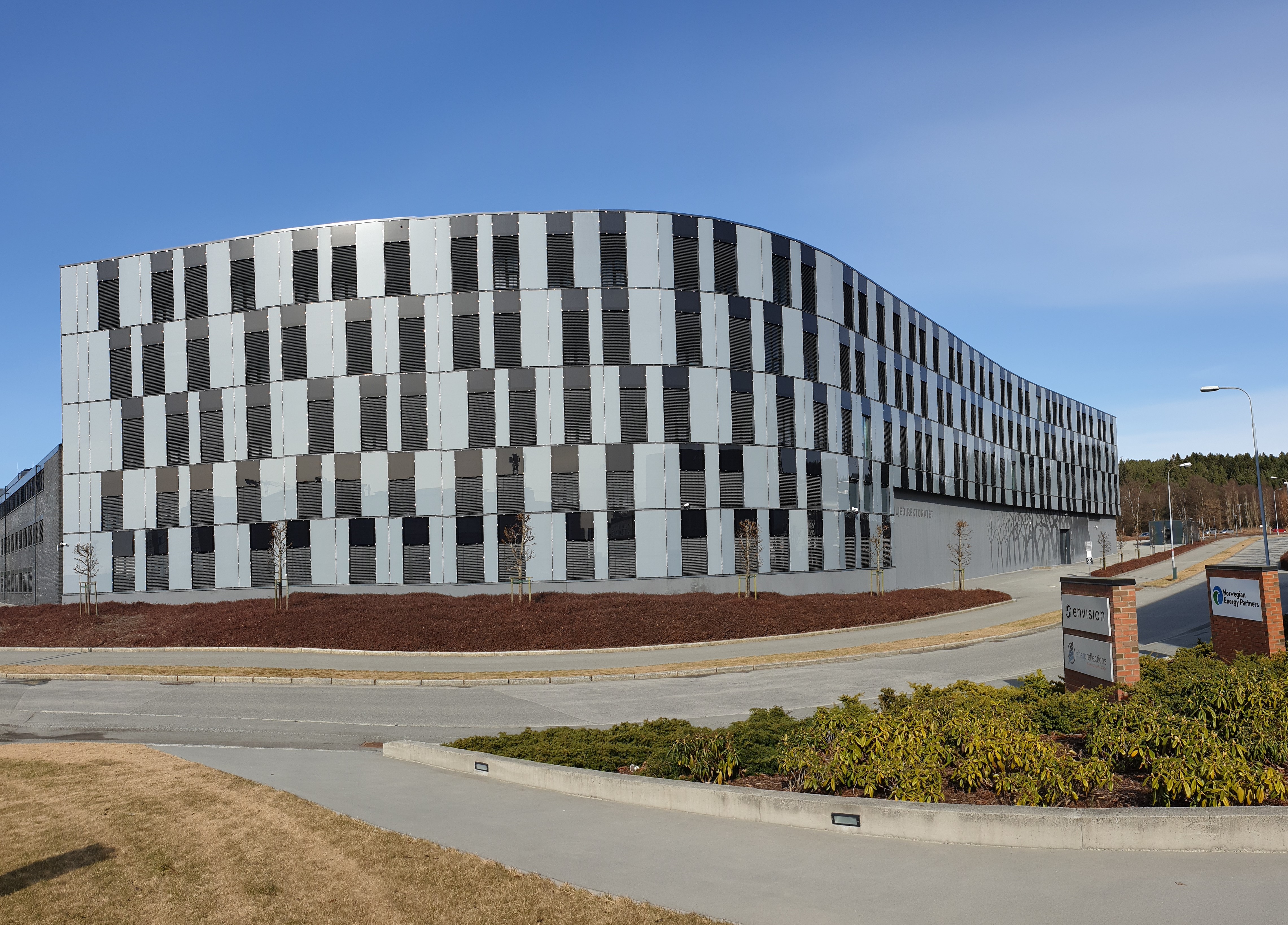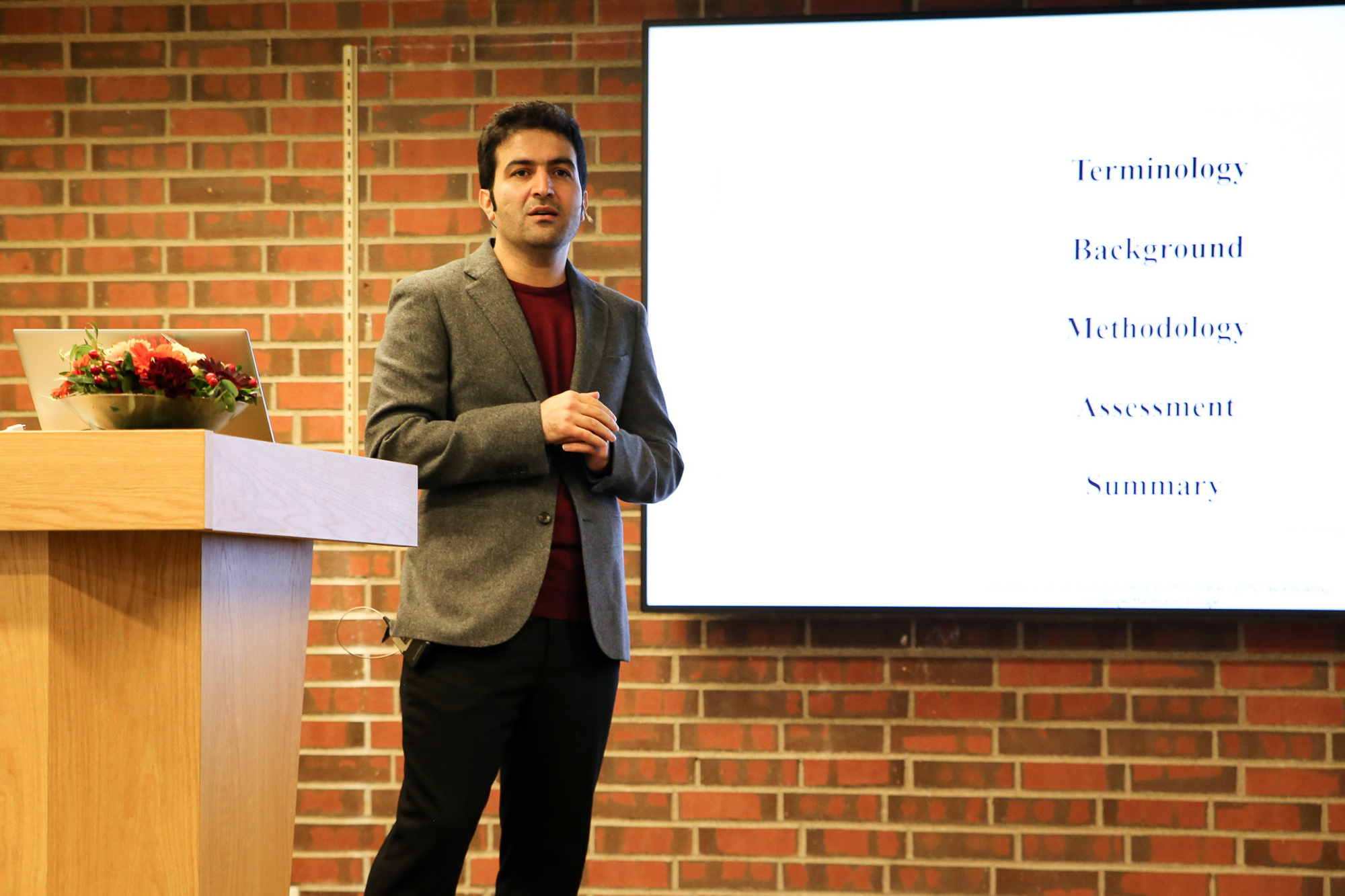“Norway’s cold climate is very suitable for building-integrated photovoltaics,” says researcher Hassan Gholami. He completed his doctoral degree on the subject at the University of Stavanger.

Façades with solar panels can be a smart idea and economically sound in most European regions, even in Northern countries like Norway.
In autumn 2021, the COP26 climate summit in Glasgow determined that a massive expansion of renewable energy, including solar energy, is needed to limit climate change.
By 2050, 70 per cent of the world’s population will live in cities and be responsible for far more than 70 per cent of global emissions.
Fortunately, it is quite possible to generate renewable energy in urban areas. In his doctoral thesis, Hassan Gholami shows that the potential for solar energy in Europe is huge, and that Norway is no exception.
“Buildings play an important role with respect to energy efficiency since they are responsible for a substantial share of energy needs in urban areas,” says the researcher.
Walls and roofs with integrated solar panels
In Europe, the energy consumed by buildings accounts for 41 per cent of total energy consumption in cities.
Building-integrated photovoltaics, often abbreviated as BIPV, is a growing renewable energy source.
The technology replaces conventional building materials on roofs and façades with materials that can convert light into electricity.
A building can thus be turned into one large solar panel.
Gholami has investigated BIPV technology as an alternative to other building materials in Europe. He found that the technology has already become economically viable in most European countries. The overall price is falling year by year, at the same time as its efficiency is increasing.
“Using building-integrated solar panels as a building material and power generator allows you to achieve net zero energy buildings, or even energy plus building projects.”

The low sun is beneficial
“Norway’s cold climate is very suitable for building-integrated photovoltaics and offers huge solar energy potential,” reports Gholami.
By cladding entire buildings in BIPV, you can exploit the cold weather and the low sun.
Gholami conducted a research study at UiS in which he investigated the performance of non-traditional façades by comparing the potential of north facing façades with that of south facing façades.
His research shows that by using wall-integrated solar power systems, including north facing ones that the sun seldom hits directly, reflections can occur from south facing façades onto buildings opposite.
"Competitive materials"
Gholami believes that building-integrated solar panels are competitive materials that offer endless opportunities for different designs.
The extra costs involved with these systems can be recouped over their life cycle.

“The materials can be designed such that the solar panel function is almost invisible. As far as price is concerned, they are competitive with other building materials if you include the environmental and social costs in the calculations,” he says.
“The sun is our largest and most important energy source and it is the form of energy seeing the highest annual growth in the world,” says Professor Harald N. Røstvik.
He has researched solar energy for over 40 years, works in the Urban and regional planning research group at UiS and was the main supervisor for Gholami.
Lack of expertise
The researchers and experts in Stavanger, who participate in a cluster for the development of solar energy, have a clear vision: Norway will become the world's best arena for innovation and testing in solar and energy systems.
The researchers have identified that the biggest barrier in Norway is a lack of competence.
The goal of Hassan Gholami's research is to help end users, architects and urban planners recognize BIPV technology as a suitable alternative to construction materials in Europe.
This can help turn buildings in cities and more rural areas into separate power plants.
About the researcher
Hassan Gholami defended the dissertation Feasibility Study of Building Integrated Photovoltaic (BIPV) as a Building Envelope Material in Europe in a dissertation at the Faculty of Science and Technology at UiS on Monday 1 November 2021.
Text: Kathrine Fredheim and Leiv Gunnar Lie